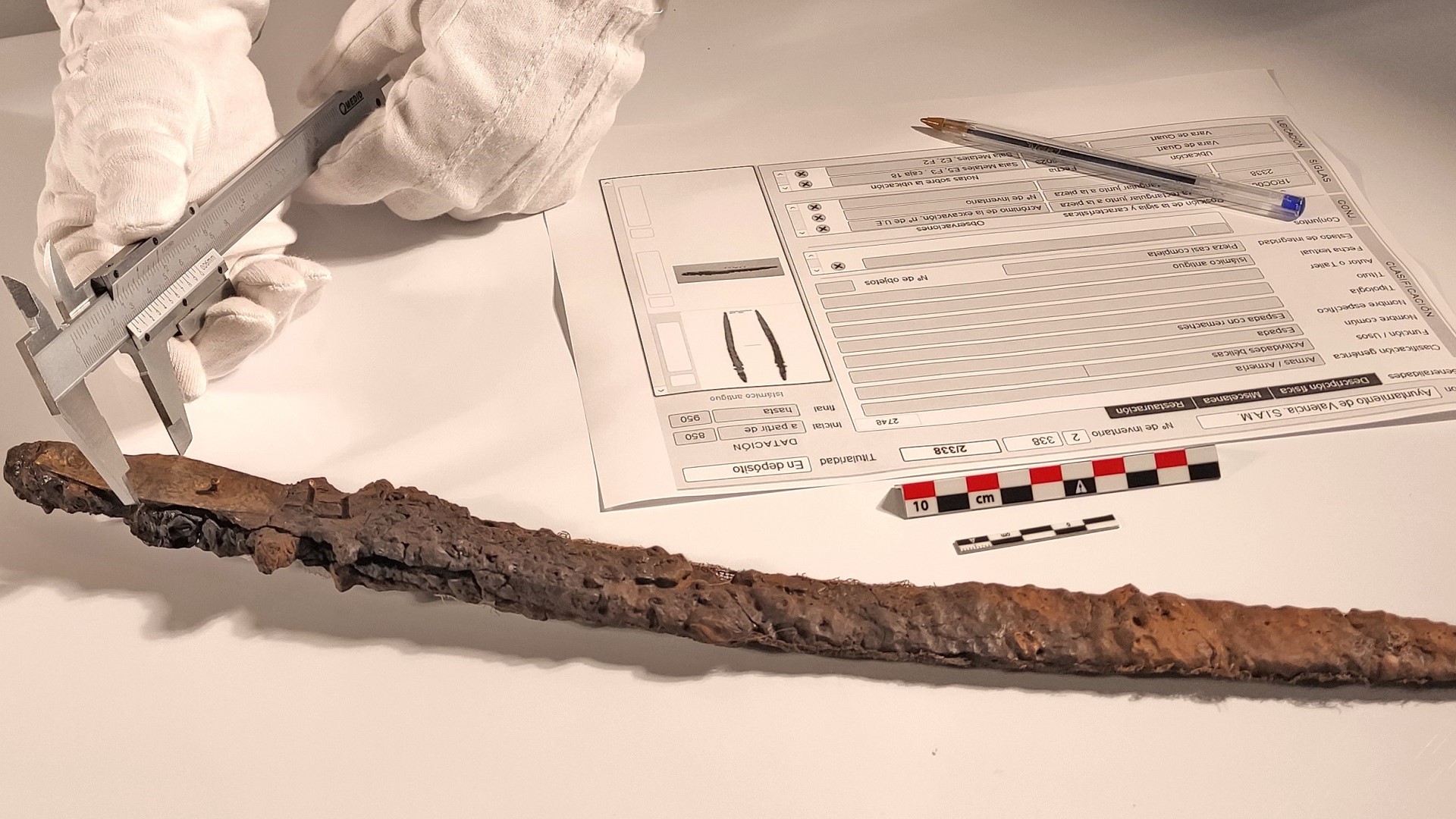Life, Vol. 13, Pages 2108: Comparison between Novel Anatomical Locking Guide Plate and Conventional Locking Plate for Acetabular Fractures: A Finite Element Analysis
Life doi: 10.3390/life13112108
Authors: Xiao Liu Jianpeng Gao Xiaoyong Wu Junhao Deng Zijian Li Ran Li Licheng Zhang Jianheng Liu Ming Li
The treatment of complex acetabular fractures remains a complicated clinical challenge. Our self-designed novel anatomical locking guide plate (NALGP) has previously shown promising potential in T-shaped acetabular fractures (TAF), but a direct comparison with conventional fixations is yet to be made. The TAF model was established based on a volunteer’s computer tomography data and then fixed with double column locking plates (DLP), a posterior column locking plate with anterior column screws (LPACS), and our NALGP. Forces of 200 N, 400 N, and 600 N were then loaded on the model vertically downward, respectively. The stress distribution and peaks and maximum displacements at three sites were assessed. We found that the stress area of all three plates was mainly concentrated around the fracture line, while only the matching screws of the NALGP showed no obvious stress concentration points. In addition, the NALGP and DLP showed significantly less fracture fragment displacement than the LPACS at the three main fracture sites. The NALGP was found to have less displacement than DLP at the posterior column and ischiopubic branch sites, especially under the higher loading forces of 400 N and 600 N. The fixation stability of the NALGP for TAF was similar to that of DLP but better than that of LPACS. Moreover, the NALGP and its matching screws have a more reasonable stress distribution under different loads of force and the same strength as the LPACS.

 6 months ago
18
6 months ago
18


